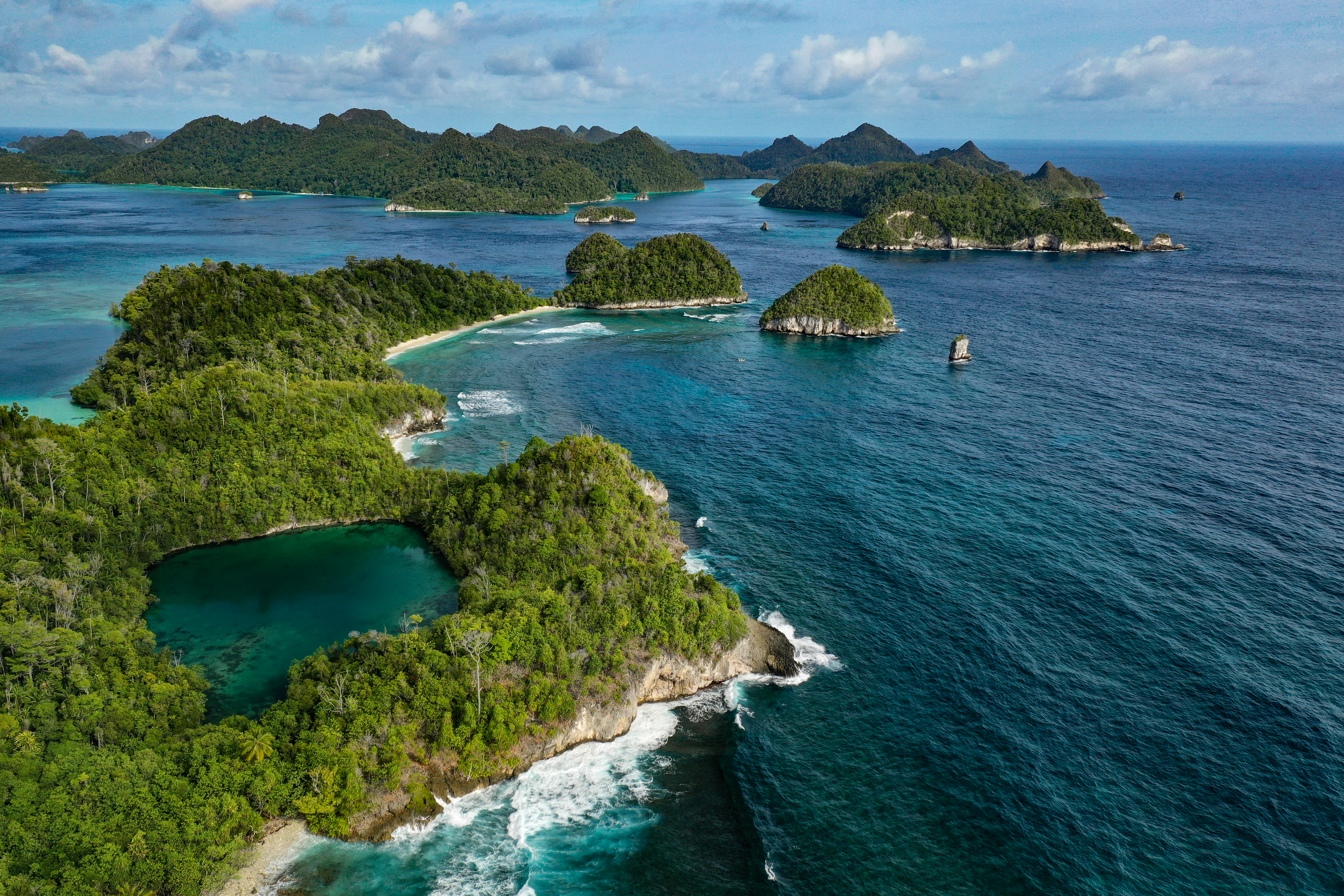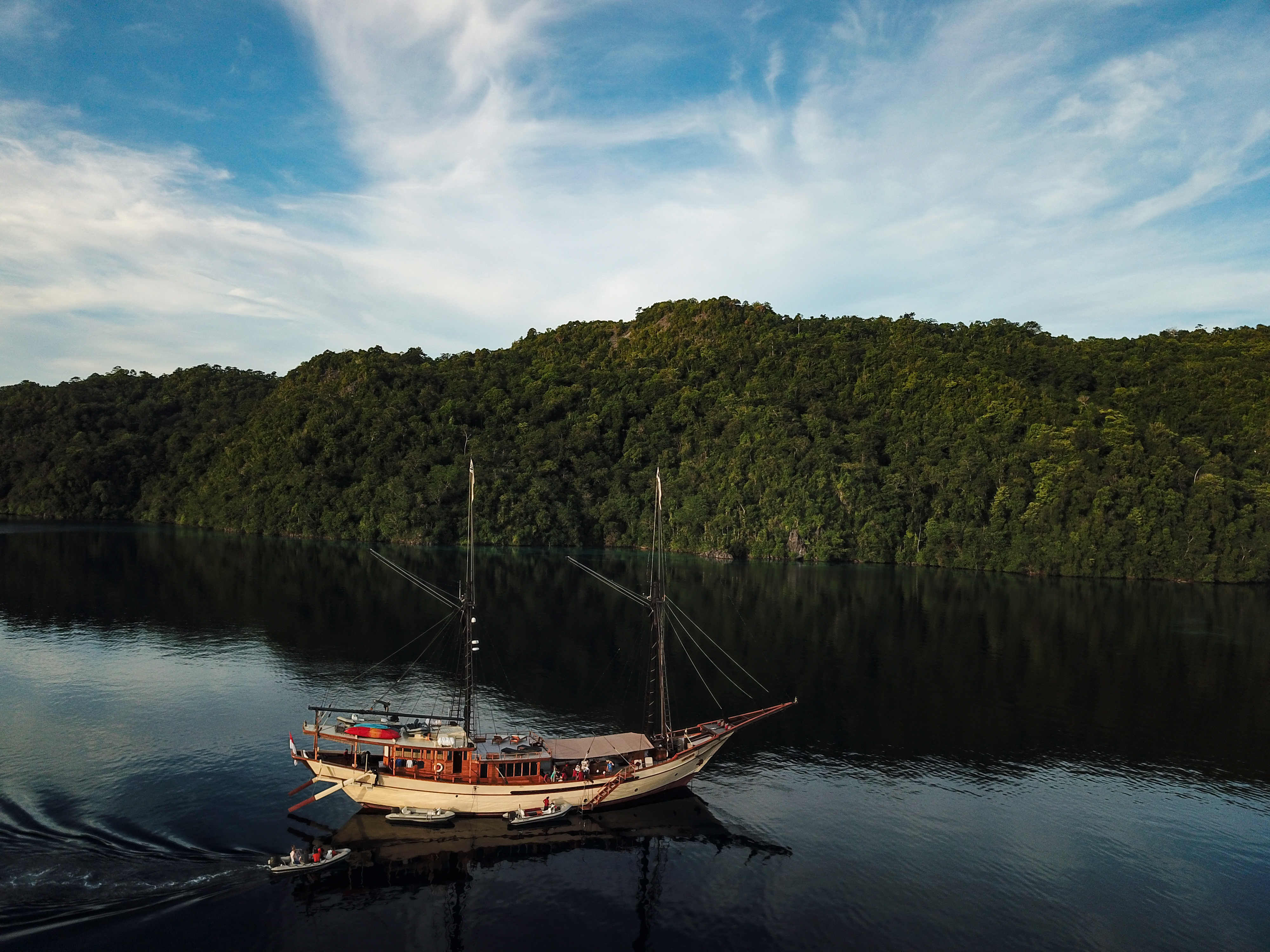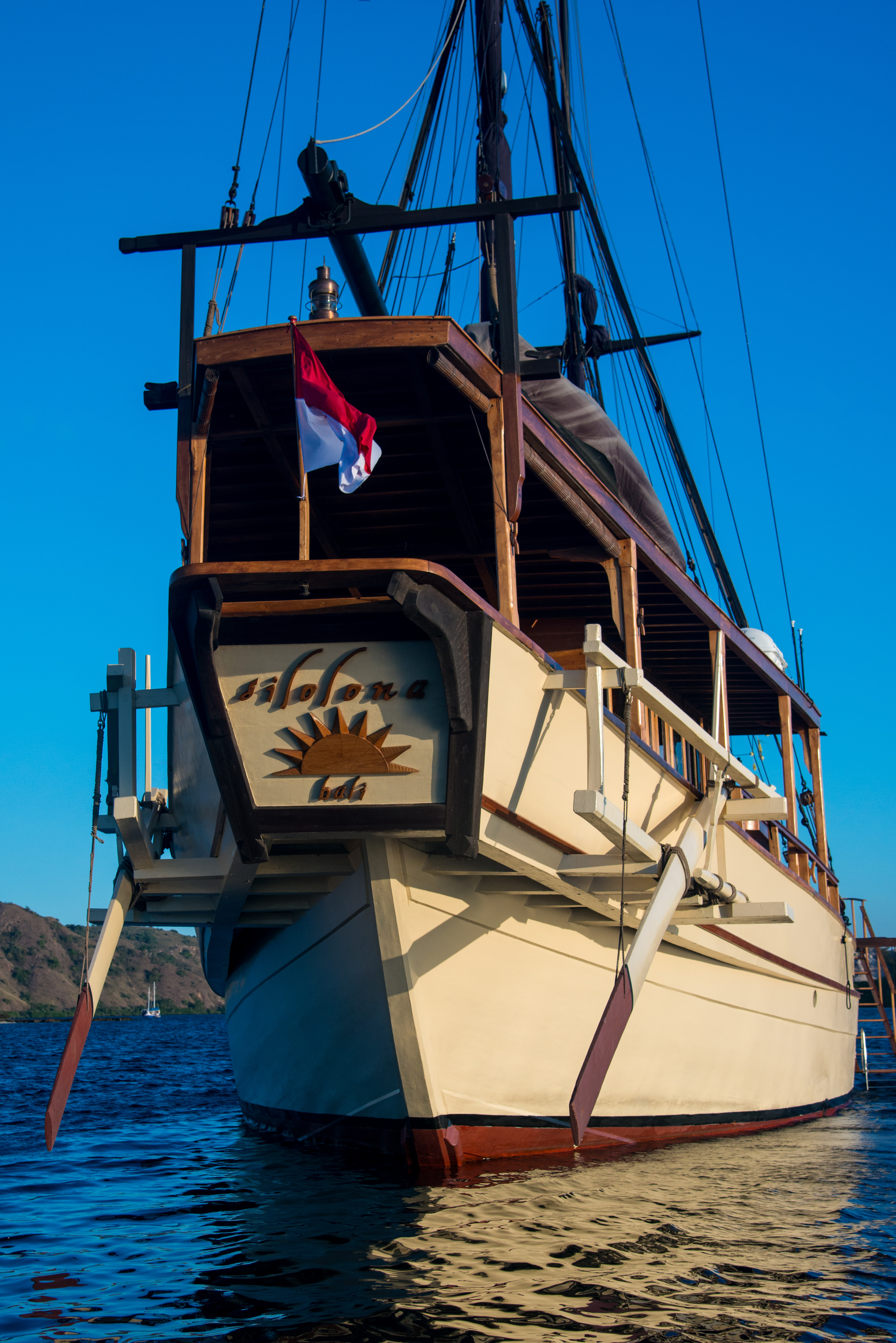How Tropical Weather Shapes Your Island-Hopping Adventure
Understanding how the rhythms of the tropics guide your every nautical mile
Where the Wind Begins the Journey
Sailing through a string of sun-soaked islands may seem like the ultimate escape—breezes tangled in your hair, the sea a palette of blues, and time melting with the tides. But behind every idyllic day on the water lies a quiet orchestrator: tropical weather. It is the invisible hand that sketches your route, whispers where you may anchor, and occasionally demands a change of plans with a single sweep of clouds.
Whether you’re crossing the Alor Strait in Indonesia, exploring coral-rich atolls in the Maldives, or tracing the jagged coastlines of the Caribbean, how weather affects sailing itinerary across islands is not a technical footnote—it’s the very compass of your voyage.
Monsoons, Trade Winds, and the Myth of Predictability
Tropical regions are defined by their seasons, but not in the way you might expect. Forget spring, summer, autumn, and winter. Instead, imagine the year carved by two forces: the dry and the wet, the northeast monsoon and the southwest monsoon, calm seas and raging currents.
In the Indonesian archipelago, for example, sailing itineraries are built around the rhythm of these monsoons. From May to September, the southeast trade winds usher in the dry season, making it ideal for cruising through places like Komodo National Park. Clear skies, calm swells, and steady winds make anchorages reliable and sunsets predictable.
But by November, the wind shifts. Rain clouds gather with ritual precision. Seas become moody. Routes once smooth now demand respect. A yacht may divert south or delay a passage altogether.
A 2021 study in Marine Meteorology and Oceanography International found that monsoon variability directly impacts marine route planning, with wind shifts influencing as much as 60% of anchorage selection in the tropical Indo-Pacific (Tanaka et al., 2021).
And yet, experienced sailors don’t dread these changes—they anticipate them. Good planning means knowing when the wind will turn before it even thinks of doing so.
Reading the Sky: Weather as the True Navigator
Long before GPS, sailors read the sky like scripture. Today, technology provides real-time data, but the art of weather-reading remains deeply human—shaped by experience and instinct.
Captains leading expeditions through regions like Raja Ampat or the Andaman Sea don’t just consult forecasts. They read the cloud formations, watch the behavior of seabirds, feel the air’s temperature shift between anchorages. They sense when to stay, when to move, and when to turn a storm into an opportunity.
This dance between nature and navigation is what sets apart a basic itinerary from a weather-conscious sailing experience—one where flexibility is not a compromise, but a philosophy.
A recent article in Ocean Engineering Journal noted that voyages with adaptive, weather-integrated itineraries report 35% higher guest satisfaction, largely due to smoother transitions and maximized time at key destinations (Liu & Fernández, 2022).
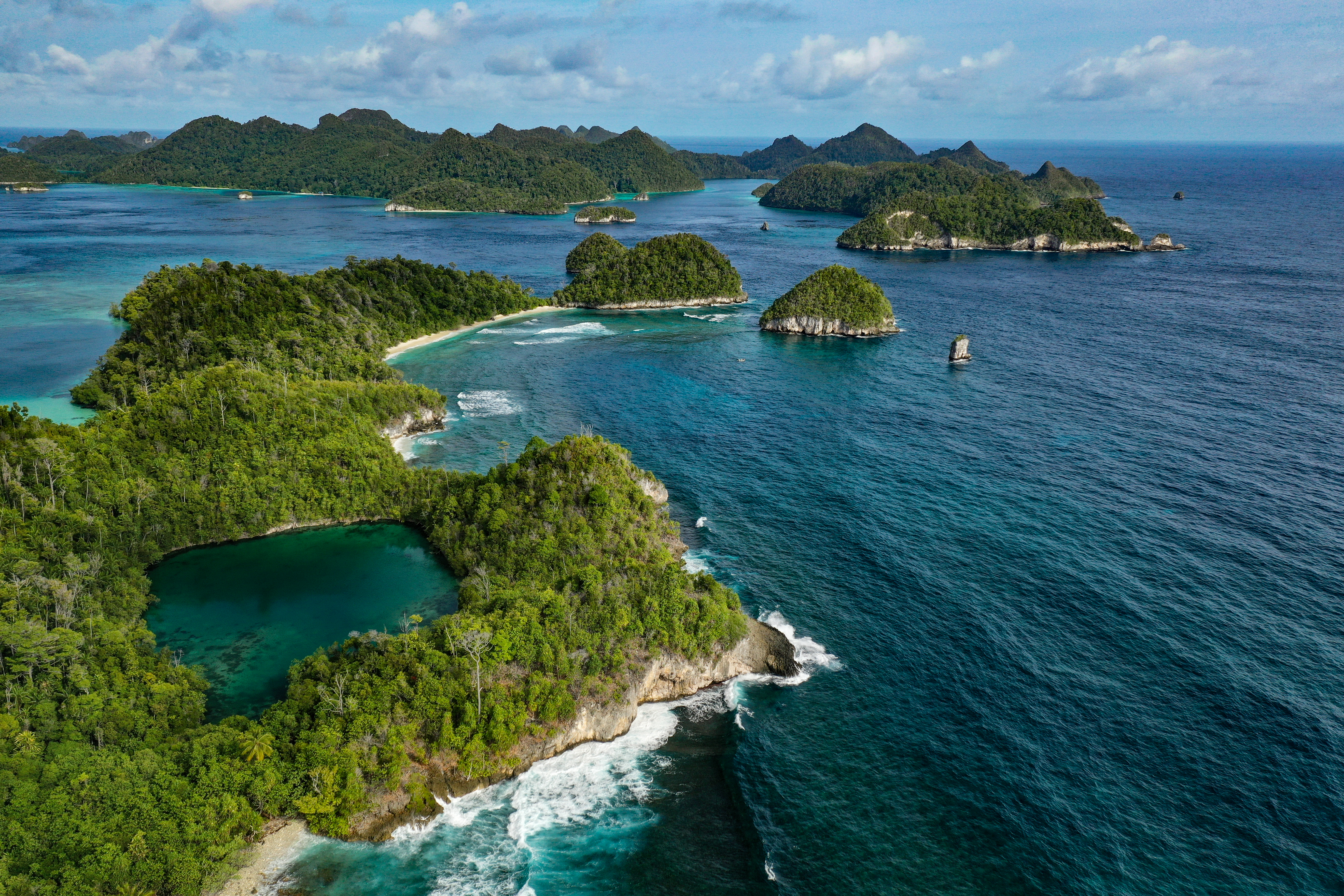
Rain, Tides, and the Intimacies of Island Access
In the tropics, your journey isn’t merely shaped by storms—but by nature’s quieter, more poetic rhythms.
A passing rainstorm may seem fleeting, but it awakens an entirely different dimension of the archipelago. As raindrops dance across the sea’s surface, colors soften, the air thickens with the scent of salt and foliage, and marine life shifts its rhythm. A coral reef might shimmer more vividly beneath a gentle drizzle, or a hidden cove may feel more ethereal in the mist—its solitude made more profound. Rather than a disruption, rain can lend a cinematic softness to your voyage—a moment of contrast that sharpens the memory.
Then there are the tides, ruled not by hours but by the moon. They are the secret key to places that defy maps—lagoons that vanish by noon, or sandbanks that appear just long enough for a barefoot lunch under the equatorial sun. With an intuitive crew attuned to these lunar cues, you won’t just arrive at a destination—you’ll arrive at the perfect moment. That’s how a simple outing becomes an unforgettable scene, written by the sea itself.
As detailed in the Journal of Coastal Research, sailing charters that align their itineraries with local tidal and seasonal knowledge don’t just enhance safety—they unlock intimate, ephemeral experiences rarely available to casual visitors (Smith et al., 2019).
Weather as a Curator, Not a Constraint
You might imagine weather as something to dodge—an obstacle to a perfect itinerary. But in truth, the weather curates the experience.
A sudden shift in wind may initiate change in the itinerary and lead you to a lesser-known island, one not in the brochure. A cloudburst might delay a sun-bathing session but instead reward you with an hour under a canvas roof, sipping ginger tea, watching rain braid patterns into the ocean’s surface.
When you surrender control—not to chaos, but to the natural choreography of the sea—you begin to understand what seasoned sailors already know: the best itineraries are often the ones that bend.
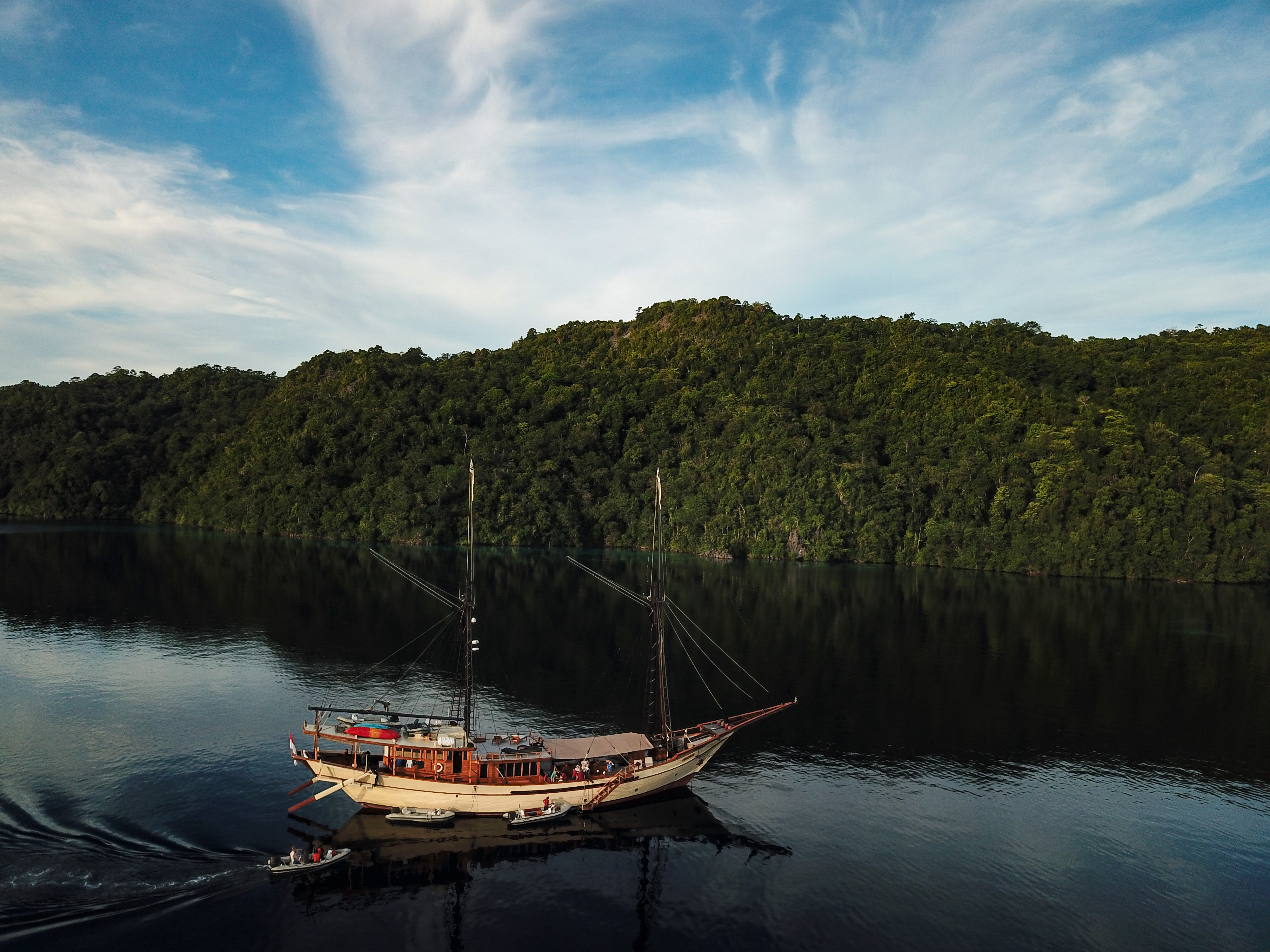
Where Expertise Meets Nature: Why Who You Sail With Matters
In regions where weather defines not just direction but experience, the role of your crew becomes paramount. Luxury sailing is not about five-star fittings alone—it’s about five-star intuition, foresight, and command of the unpredictable.
That’s why chartering with experienced navigators—those who’ve sailed these waters through monsoons, trade shifts, and tidal swings—makes all the difference. You’re not just buying a route. You’re investing in a voyage shaped by wisdom.
Silolona Sojourns: Curating Journeys with the Weather as Guide
When it comes to island-hopping across Indonesia’s wildest and most majestic waters, Silolona Sojourns has elevated tropical sailing into an artform. With over 30 years of expertise, they don’t merely manage your journey—they read the ocean with reverence.
From liaising with local authorities and provisioning the finest onboard experiences to constantly refining itineraries in tune with the weather, Silolona is more than a yacht charter—it’s a navigational atelier, blending science, instinct, and storytelling.
Set sail with a team that doesn’t just know where to go—but when, why, and how to make every nautical mile unforgettable.
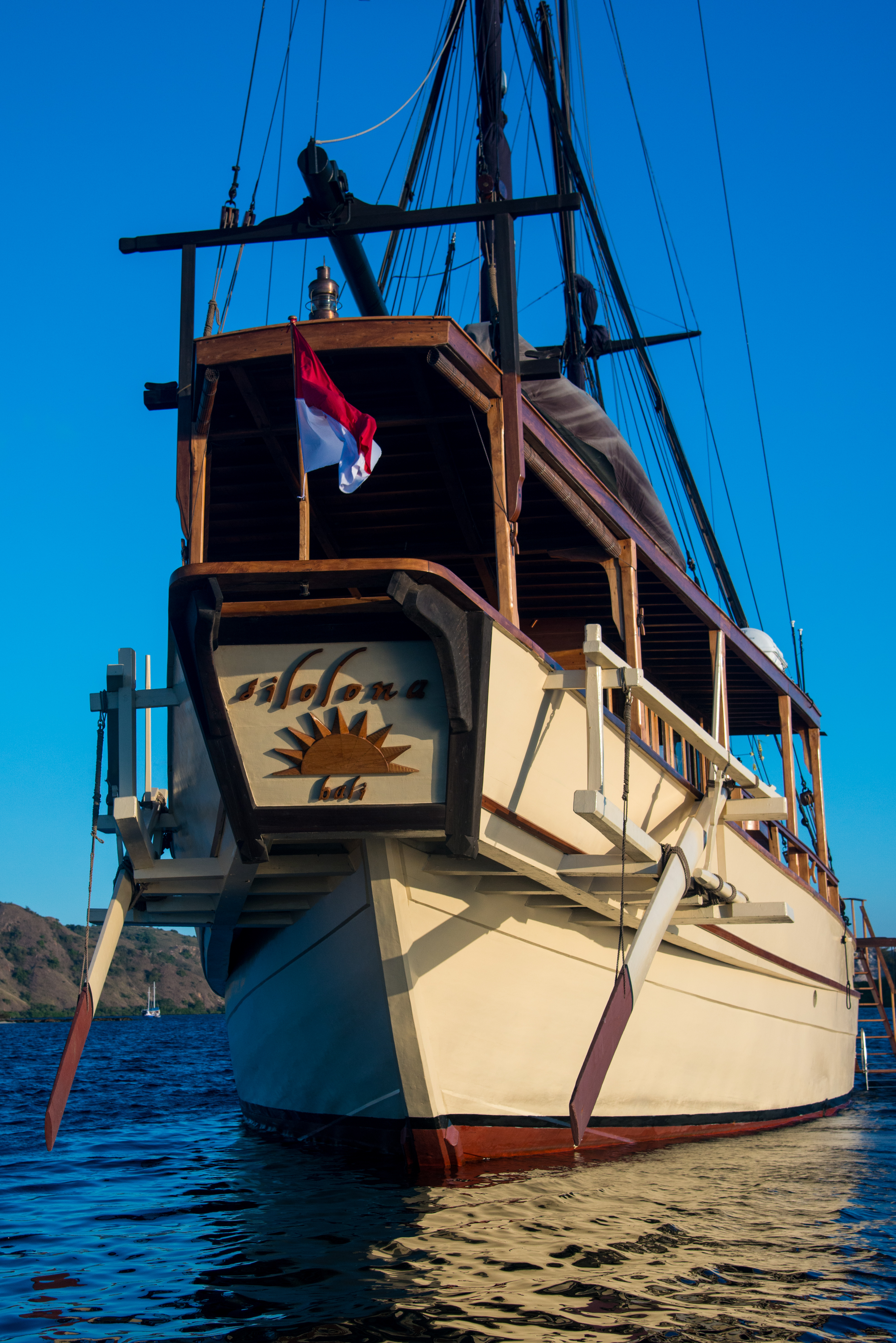
Let the Weather Lead You—Gracefully
You don’t need a fixed map to have the perfect journey. You need a compass aligned with the sky, a crew fluent in the language of tides, and a mindset open to discovery.
Because in the tropics, the weather doesn’t ruin plans—it rewrites them into something even better.
Begin your island-hopping odyssey with Silolona Sojourns.
Craft your journey with the wind, not against it. Explore more at www.silolona.com
References:
Tanaka, Y., et al. (2021). Rainfall and Water Clarity: Impact on Tropical Coral Reef Tourism. Marine Meteorology and Oceanography International, 12(4), 230–244.
Liu, H., & Fernández, J. (2022). Satellite Weather Forecasting in Tropical Navigation: Enhancing Safety and Experience. Ocean Engineering Journal, 78(2), 1012–1025.
Smith, D., et al. (2019). Optimizing Sailing Routes Using Prevailing Trade Winds. Journal of Coastal Research, 35(3), 555–567.


